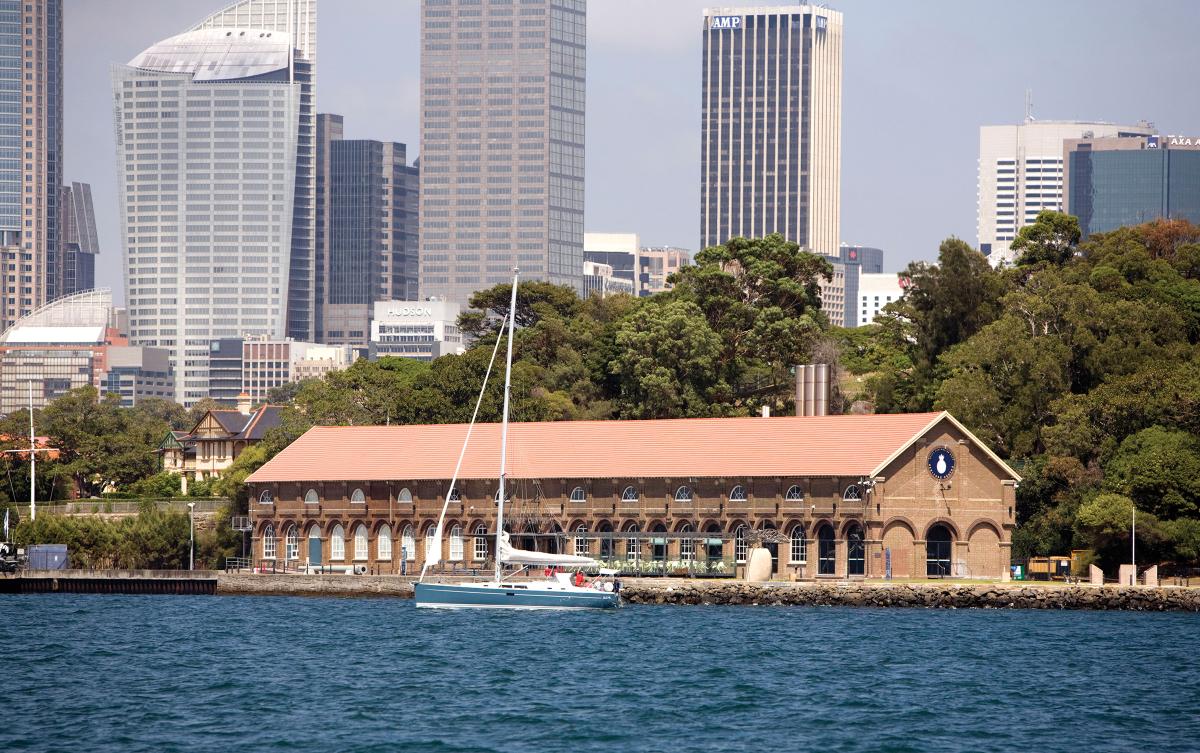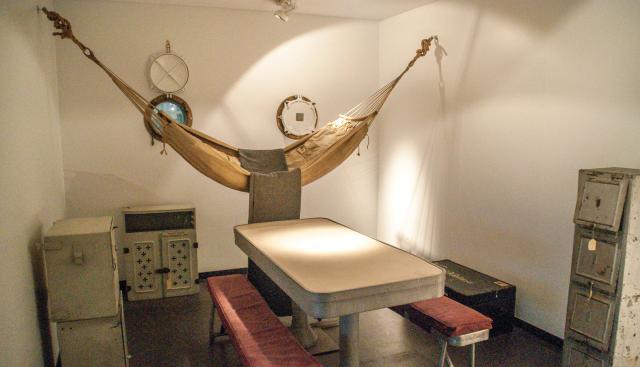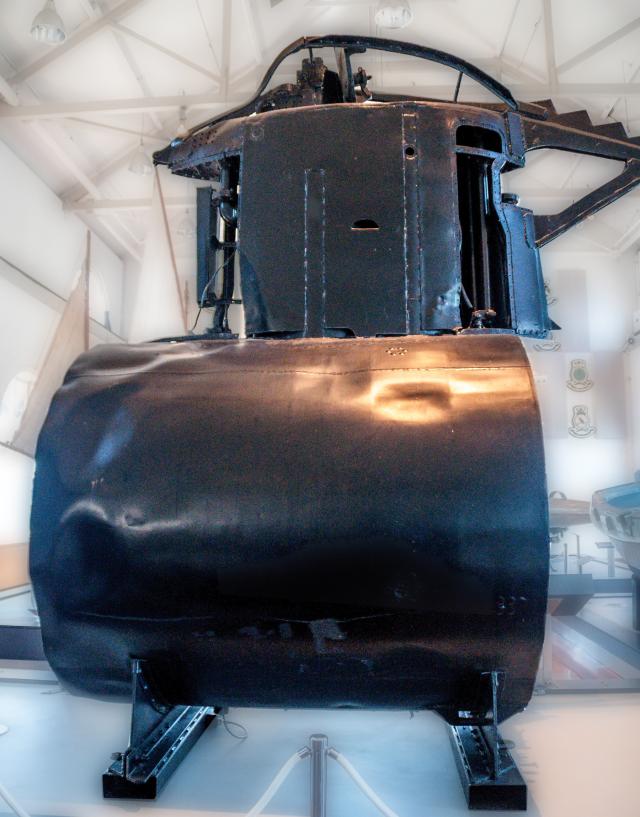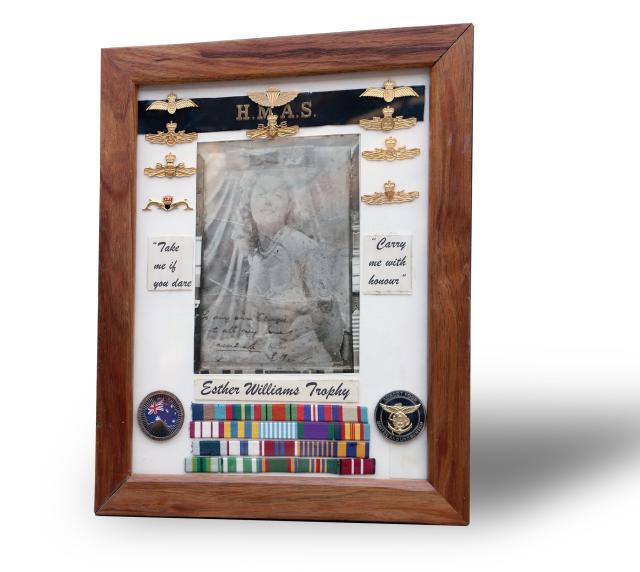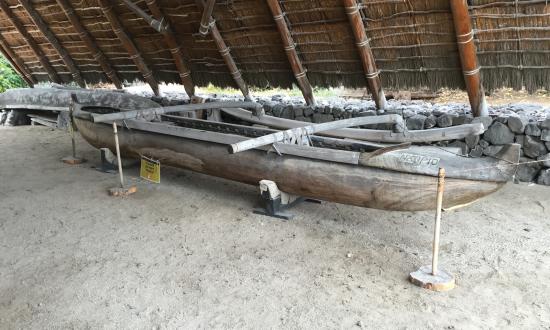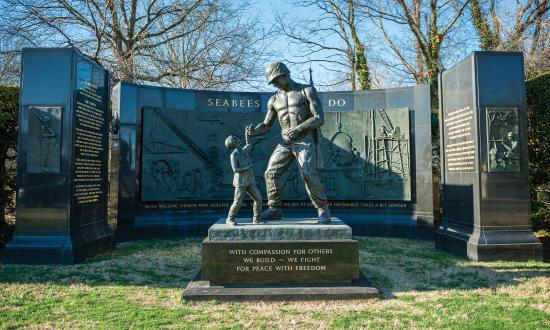Located on Garden Island in the heart of Sydney Harbour is one of the jewels of Australia—the Royal Australian Navy Heritage Centre. More a treasure chest than a single jewel, the collection—in excess of 3,000 items—mostly is contained in two separate buildings on the island’s northern end. Both the Gun Mounting Workshop Building and the Boatshed are listed in Australia’s National Estate. Open to the public since 2005, the museum’s collection ranges from the earliest colonial period to modern times. A large part of the collection has never been seen by most Australians.
The earliest idea for such a facility reportedly came from Vice Admiral Sir William Creswell (1852–1933) in 1922. British by birth, he emigrated to Australia in 1879 to work as a pastoralist (rancher). Realizing that a future Australia needed its own naval force, rather than relying solely on Great Britain, he became an early advocate of an independent Australian navy. His contributions to his adoptive home were many and varied. Creswell is now regarded as the Father of the Australian Navy. Indeed, the home of the Royal Australian Naval College was named HMAS Creswell in his honor.
The museum’s exhibitions are arranged by themes. One is “A Sailor’s Life for Me” on the mezzanine level of the Workshop Building. A typical sailor’s life at sea is shown through a World War II ship’s mess deck and examples of the naval life and traditions.
A second section, titled “In Which We Serve,” includes items taken from Australian ships and the battles in which they fought. These artifacts cover the range of Australian naval history, from early colonial times, through World Wars I and II, the Korean and Vietnam Wars, and up to Persian Gulf operations.
One such item is a ship’s gun captured from the famous World War I German cruiser-raider Emden. This bane of the Allied navies successfully captured or sank 23 or so ships in daring attacks. At one point, 16 Allied ships hunted her. In November 1914, the Sydney, an Australian light cruiser, found the Emden near the Cocos Islands, south of Sumatra. Mounting larger guns and faster than the German ship, the Sydney battered the Emden. With all his ship’s guns out of action and more than half his crew killed or wounded, the brave German Captain Karl von Müller beached his dying ship on North Keeling Island to save his remaining crew. One of the Emden’s guns was later removed, restored, and remounted near the ANZAC Memorial—a heritage-listed war memorial—at the southeast corner of Hyde Park.
Yet another area in the Navy Heritage Centre is “The Bridge,” a reconstruction of the open bridge of a Battle-class destroyer. It contains an interactive display to provide visitors with an idea of what happens on the bridge of a warship at sea.
Many of the items in the collection were donated by the original owners. Uniforms, medals, swords, and binoculars that grace the exhibition were given by officers and enlisted service members, famous and obscure, who personally used them during their naval careers.
One unusual item is the conning tower of one of the three Japanese midget submarines that attacked shipping in Sydney Harbour on 31 May 1942. A sailor on board the USS Chicago (CA-29) spotted a submarine and raised the alarm. An Australian naval ship fired on and depth-charged the sub. Sunk, she was later recovered and eventually moved to the Heritage Centre. Perhaps the most unusual item, however, is the Esther Williams Trophy. An Australian lieutenant requested and received a “signed” studio photo of the famous swimmer and actress (according to the Australian Navy, however, the lieutenant or a friend actually signed it). Somehow, a tradition evolved among various ships’ wardrooms that Williams’ “honor” required “rescue” from the particular wardroom that hosted the trophy.
According to an explanation in the Heritage Centre, “Great planning, kudos, and, at times, great pain was attached with any successful Esther rescue.” Over time, the photo was mounted on a wood backing, and various naval admirers donated their insignia and medal ribbons, which were all attached.
The trophy itself was circulated (or stolen) from 1942 until 1957. Williams learned of the trophy and requested the tradition be ended. By the date of her death on 6 June 2013, the trophy was already in the Heritage Centre, which hosted a “decommissioning” ceremony.
Inside the Exhibition Gallery building is the Salthorse Café, offering a variety of light meals and hot and cold drinks. Conferences and other meetings can be arranged in the Tingira Room, named for a former training ship for seamen recruits. The Centre stands inside the Garden Island Public Precinct, which also contains colonial period fortifications, gardens, huge grass lawns, and Australia’s first tennis court. Picnic tables and barbecue facilities are also available.
The site can be easily reached by bus or ferry from the Circular Quay using the Watson’s Bay route. No private vehicle access is permitted, as part of Garden Island is an Australian Navy base. Entry is free. Information may be found at www.navy.gov.au/ranhc.



